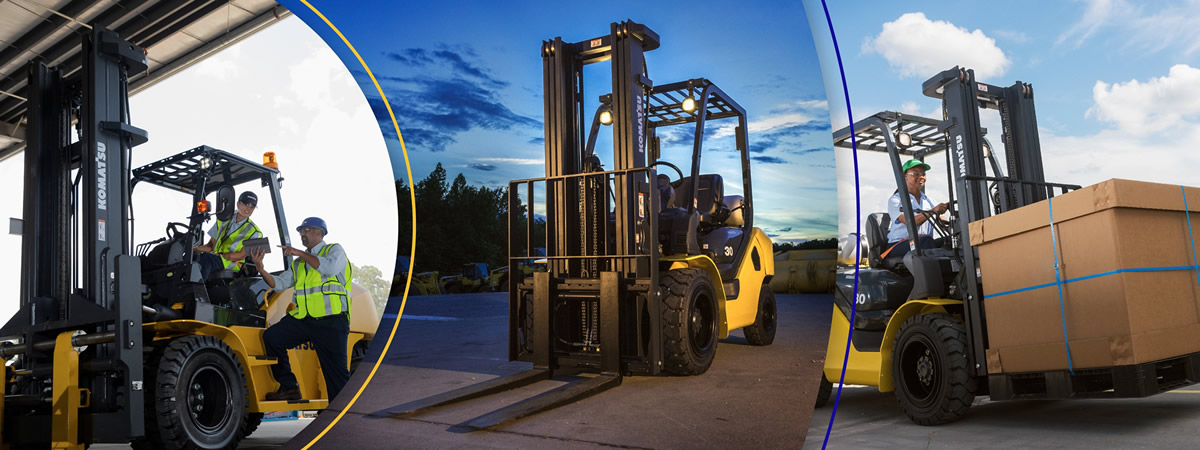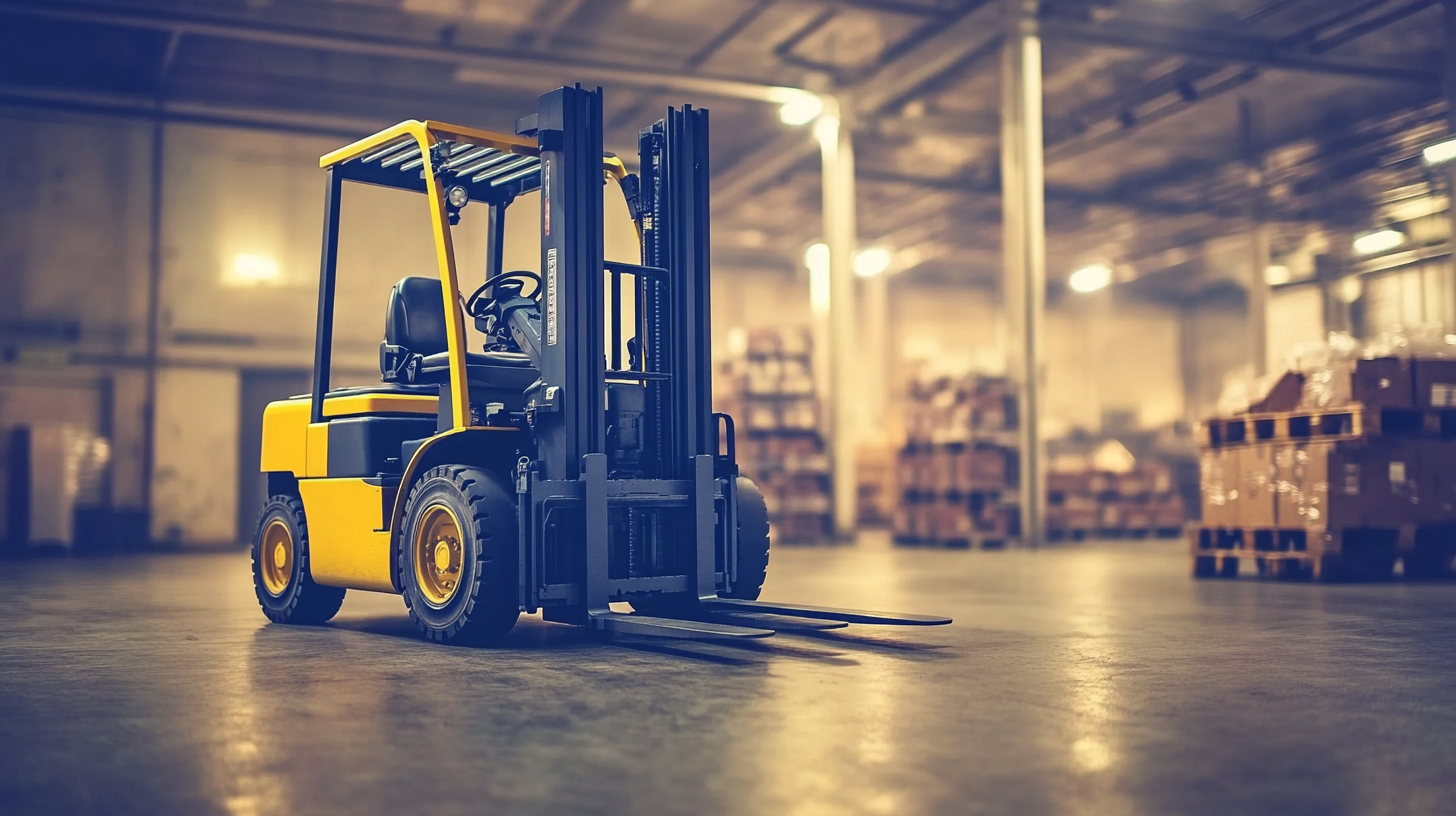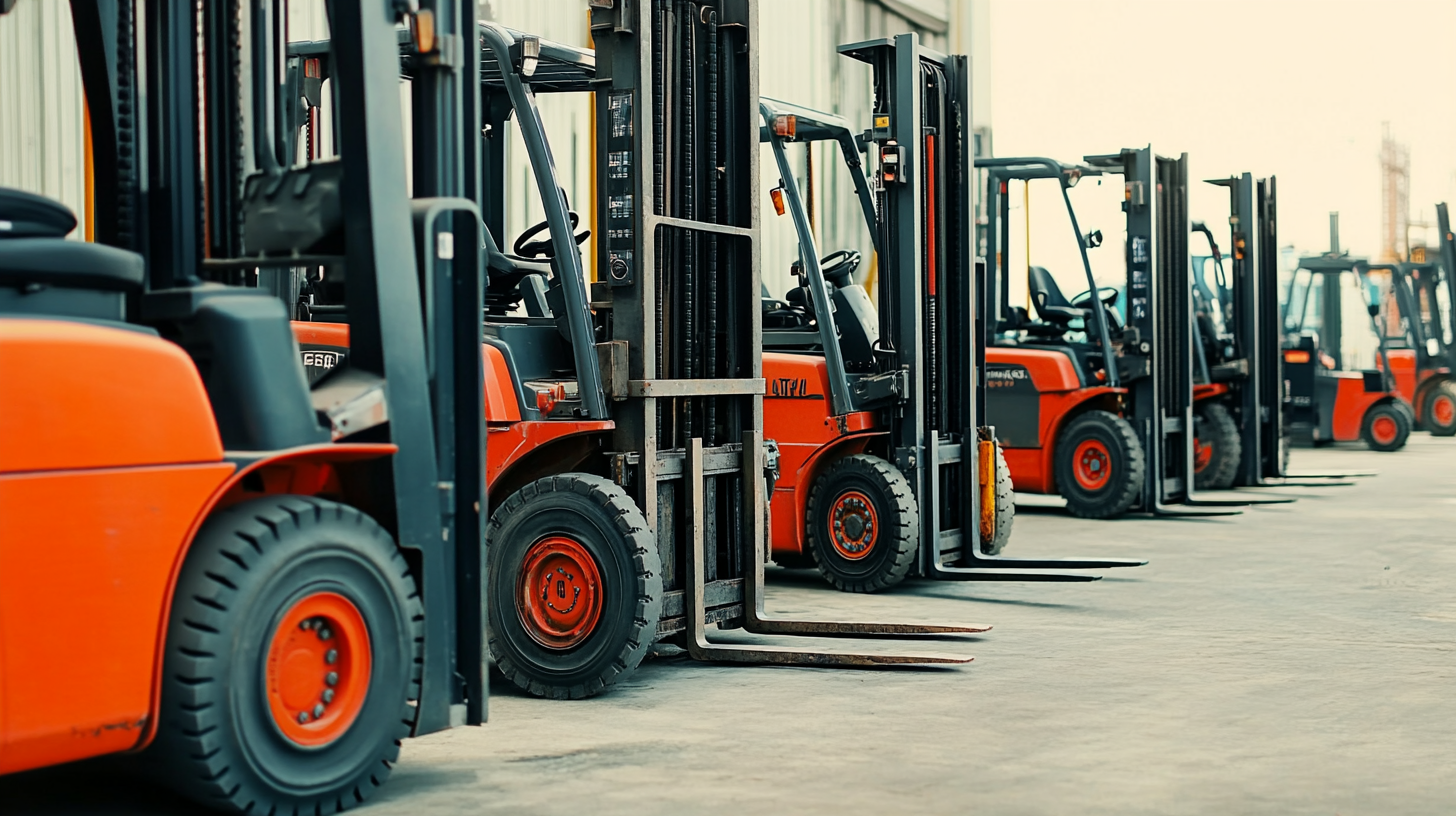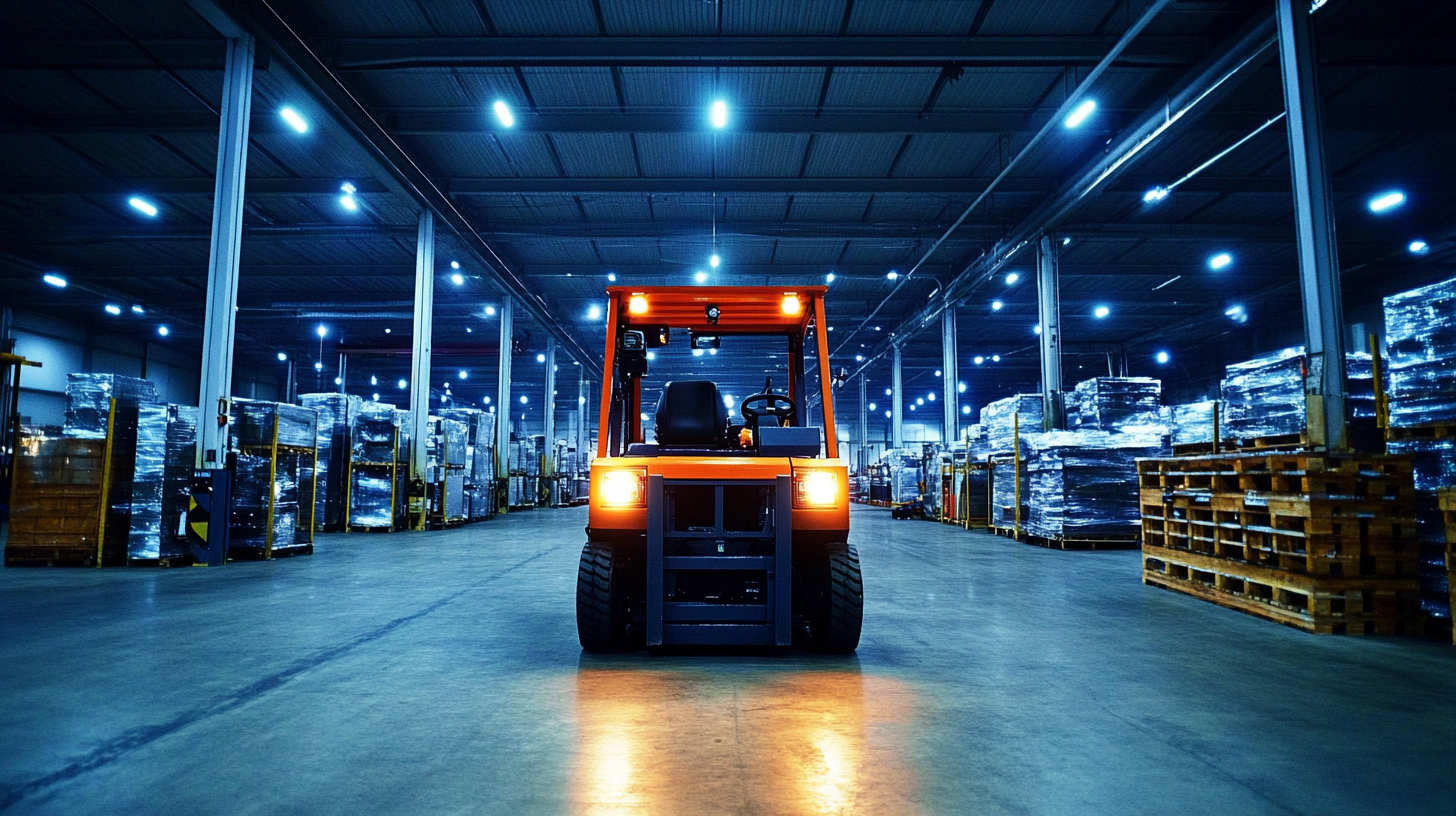
In the fast-paced world of warehousing and logistics, efficient operations hinge on the reliability of equipment, particularly forklifts. According to a recent report by the Industrial Truck Association, the demand for forklifts is projected to grow at a CAGR of 4.3% through 2025, underscoring the vital role these machines play in material handling. However, just as crucial is the need for high-quality forklift parts to maintain performance and safety standards. A study from McKinsey highlights that businesses can reduce maintenance costs by up to 25% by investing in genuine and reliable forklift parts. This guide aims to explore the best practices for sourcing these essential components, ensuring that your business remains competitive and capable of meeting the demands of a changing market. By understanding the nuances of forklift parts sourcing, you can enhance operational efficiencies and prolong the lifespan of your machinery.

When it comes to maintaining the operational efficiency of your business, sourcing quality forklift parts is crucial. Forklifts serve as a vital asset in industries ranging from manufacturing to logistics, where they facilitate the safe and efficient lifting of heavy loads. According to recent industry reports, up to 25% of operational downtime in warehouses is attributed to forklift malfunctions, which can often be traced back to subpar spare parts. Investing in competent manufacturers who prioritize quality ensures that your forklifts remain reliable and reduce the risk of costly disruptions.
The importance of quality forklift parts cannot be overstated. Research indicates that equipment failure resulting from inferior parts can lead to increased repair costs and unsafe working conditions. Quality components not only extend the lifespan of your forklifts but also enhance their performance, ultimately leading to a significant return on investment. In an industry where every second counts and productivity is paramount, sourcing parts from reputable suppliers with proven track records is essential. By prioritizing quality, businesses can optimize their workflows and maintain a competitive edge in today’s fast-paced market.

When it comes to sourcing forklift parts, businesses are increasingly exploring alternative options to traditional suppliers. According to a recent report by the Material Handling Industry of America (MHIA), approximately 70% of companies are looking to diversify their supplier base, seeking more competitive pricing and improved availability. This trend not only enhances supply chain resilience but also allows businesses to tap into emerging markets where costs may be lower and quality standards are improving.
Another significant alternative sourcing strategy is leveraging online marketplaces and e-commerce solutions. A study from Allied Market Research highlighted that the online procurement market for industrial parts is expected to grow by over 30% by 2025. This shift enables businesses to compare prices and specifications efficiently, often leading to better deals and faster procurement cycles. Furthermore, with advancements in technology, many companies are utilizing data analytics to forecast parts demand, ensuring they maintain optimal inventory levels while minimizing expenditure.
As companies seek to optimize their operations, embracing these alternative sourcing options for forklift parts not only streamlines procurement processes but can also result in significant cost savings and enhanced operational efficiency.
| Part Category | Sourcing Option | Price Range (USD) | Lead Time | Notes |
|---|---|---|---|---|
| Forklift Tires | Local Dealer | $200 - $400 | 1-2 weeks | Best for quick replacements |
| Mast Assembly | Online Marketplace | $800 - $1500 | 3-4 weeks | Check seller ratings before purchase |
| Hydraulic Pump | OEM Manufacturer | $500 - $1000 | 2-3 weeks | High quality, recommended for efficiency |
| Forklift Battery | Wholesale Distributor | $300 - $800 | 1-2 weeks | Bulk purchase discounts available |
| Control Module | Third-Party Supplier | $400 - $900 | 4-6 weeks | Verify compatibility with your model |
When sourcing forklift parts, evaluating the reliability and performance of different brands is crucial for minimizing downtime and ensuring operational efficiency. According to a recent report by Modern Materials Handling, over 40% of businesses experience equipment failures due to substandard parts, highlighting the necessity of choosing high-quality components.

When sourcing forklift parts for your business, it's essential to conduct a thorough cost analysis between OEM (Original Equipment Manufacturer) and aftermarket parts. Cost is often the primary concern, but understanding the total implications of each option can lead to better decisions for your operations. OEM parts typically come with a higher price tag but promise reliability and compatibility with your specific forklift model. In contrast, aftermarket parts may offer savings, but the quality can vary significantly, impacting the longevity and efficiency of your equipment.
Tips for evaluating these options include checking the warranty terms. OEM parts usually come with robust warranties, ensuring your investment is protected. On the other hand, if you consider aftermarket parts, seek out reputable suppliers who provide warranties to mitigate risks.
Additionally, factor in the repair costs and turnaround times when making your decision. Just as electric vehicles face longer repair times compared to traditional vehicles, the same can be true for forklifts, especially if you purchase lower-quality aftermarket parts. It's wise to evaluate whether the potential savings on parts could lead to higher costs down the line due to increased maintenance needs or longer equipment downtime. Always weigh initial expenses against potential long-term implications for your business.
Building strong relationships with forklift parts suppliers is essential for any business that relies on these machines for logistics and operations. According to the Material Handling Industry of America (MHIA), nearly 90% of businesses that invest time in supplier relationship management report improved service quality and reduced spending. This statistic underlines the importance of fostering open communication and mutual trust with suppliers, which can lead to better deals and priority service during critical times.
One effective strategy for building these relationships is to engage with suppliers on a regular basis. Regular meetings—whether virtual or face-to-face—can help align expectations and provide insights into each other's challenges. Additionally, sharing feedback about product performance helps suppliers understand your unique needs, leading to more tailored service. Industry reports indicate that businesses that actively collaborate with their suppliers can reduce lead times by up to 30%, significantly enhancing operational efficiency. By prioritizing these relationships, companies can ensure they have reliable access to high-quality forklift parts, ultimately supporting their growth and sustainability in a competitive market.
Content © 2025 Komatsu. All Rights Reserved
